Why You Should Study Architecture History
Machu Pichu. Photograph Copyright Mitchell Rocheleau
If studied closely, architecture can provide glimpses into human history. It can give insight into our ancestors' customs, rituals, technologies, religions, and daily life. Architecture can provide a deeper understanding of the evolution and development of the human species. It allows us to have a holistic perspective on our place in the context of humanity. From prehistoric structures to contemporary architecture, we can see what was important to humans at the time and what were they trying to say through their buildings.
Buildings Reveal the Values of civilizations
Architecture will often tell a story about the time it was constructed. When a society decides to build a building, they monumentalize a set of principles into the physical world. In many prehistoric, ancient, and mid-evil structures, the values, ideas, and information shown in their buildings lay at the core of their value systems.
Historically, the building process has been long, complicated, labor-intensive and financially expensive. Because of this, it forces the society doing the construction to curate their beliefs and values down to the essential elements, as they will be monumentalized in the physical world for years to come.
A great example of this phenomenon can be found in religious structures such as cathedrals, mosques, temples, and basilicas. Many of these buildings display their values quite literally on the facades of buildings. Through ornamentation, sculpture, stained glass, and engravings the builders tell the stories of their religion and beliefs. For example, on the Nativity Facade of the Sagrada Familia in Barcelona, Spain, the Architect Antoni Gaudi engraved numerous stories of the Bible directly onto the face of the building.
Photograph of the nativity facade of Sagrada Familia. Photograph Copyright by Mitchell Rocheleau
The permanent nature of religious architecture represented stability, and power and reinforced the authority of their religion. Patrons walking into a massive cathedral, with ornate stone carving, expansive stained glass windows and not only feel spiritually elevated from the atmosphere of the building, they would also feel confidence in their faith. In many cases, architecture was used as a tool to control, manipulate, and intimidate groups of people. It was also used to help maintain the concentration of power in specific hands.
Photograph of front facade of Notre-Dame Cathedral in Paris. Photograph copyright by Mitchell Rocheleau. Photo taken in 2013 before the fire of 2019
Religious buildings were not the only works of architecture that were used to convey values of a society. The Barcelona Pavilion, designed by Mies van der Rohe in 1920, was intended to portray a new identity for Germany after the war. The building intended to illustrate a departure from the historical political and cultural regimes of the past. Through the use of streamlined reductive forms, absent of any ornamentation of any political, religious, or authoritative reference, Mies told the world through his architecture that they were dealing with a new Germany.
In our contemporary culture, many people want to facilitate peace, tranquility, and contemplation in their projects. I imagine this has to do with the fast-paced, highly connected nature of the information age. As quietness and space for peace seem to be dwindling, many are searching for places to retreat that exhibit qualities that suggest or reinforce a value structure geared to help bring these qualities back into their lives. This observation has come from working with hundreds of clients on their homes.
BUILDINGS DISPLAY THE Technology and INNOVATIONS OF A PERIOD
Studying past buildings allows us to see what technology and materials were available then. Sites such as Göbeklitepe, Stonehenge, the Egyptian pyramids, Greece, and ancient Rome give hints at the technological capabilities of a society.
Many of the techniques and tools these civilizations used are still up for debate and continue to baffle historians, engineers, architects and archeologists today. Some believe the technologies used to construct these monuments are beyond our comprehension and outside of our contemporary capabilities.
The historical site of Machu Pichu illustrates the Inca’s knowledge of civil engineering. To help the site drain, the Inca excavated and re-compacted vast amounts of gravel under the site to allow for rainwater to percolate into the earth and minimize surface runoff and flooding. They understood hydrodynamics and drainage on a level comparable to contemporary engineering methods.
Cathedrals display innovative feats in stone masonry construction. Flying buttresses used in French Gothic architecture were developed to reduce the massive masonry walls of cathedrals. Through this innovation, the architects could design large openings in the walls of the cathedrals, resulting in phenomenal interior spaces flooded with natural light which enhanced the experience of religious rituals and ceremonies.
Dome construction throughout history has been an area of substantial technological innovation and experimentation. Brunelleschi’s dome in Florence was one of the first domes of its kind to be built without scaffolding or centering. Brunelleschi developed several different innovations in his design, including compression straps, double-layer dome construction, and herringbone brick patterns embedded in the shell that allowed him to create the largest dome for its time.
Photograph of the Florence Cathedral. Photograph Copyright by Mitchell Rocheleau
The Home Insurance Building, designed by William Le Baron Jenny in 1884, is an excellent example of a building that cemented its place in architectural history because of its technological innovation. The building was the first to implement the structural steel frame. At the time, using structural steel in buildings was rare, especially for buildings of that height. The building as become an icon of a city and an attraction point for tourists, contributing positively to a city's economy. It tells the story of the Industrial Revolution and the conception of steel-framed buildings. Today, steel is a common material used in an array of projects from massive sports complexes to single-family homes.
In the 20th Century, global events such as the two World Wars catalyzed developments in material technology. Significant advancements in the production of metals, plastics, and glass products were developed to aid the war efforts. After the wars, the manufacturers were eager to take their products to the public market. When Architects became aware of these new materials, they began experimenting with how to use them in their buildings. A great example is the Case Study Homes built in Southern California in the mid 1900’s.
Today, architecture has become overwhelmed with and in many cases all about the technology and innovations we have in our contemporary society. Architects and building patrons are pushing the boundaries by requesting manufacturers to develop larger panes of glass, indestructible finish materials, smart home automation systems, and low-maintenance materials.
Buildings display shifts in the arts, culture, Politics, and Economy.
The Renaissance marked a significant shift in Europe’s culture, market, and economy. New ideas, technologies, science, and art were beginning to emerge in Europe following the Dark Ages. At the time, Florence was growing into a major city in Europe. Its wool and banking industries were flourishing, and some of the most luxurious cloth in Europe came from this area. The financial success catalyzed a re-awakening of arts and architecture. Wealthy merchants and guilds began investing in buildings, monasteries, palaces, and churches. A building boom of this sort had yet to be experienced since the Roman Empire. The structures that resulted from this economic prosperity tell a broader story about the cultural conditions at the time.
One of architecture's largest cultural and artistic shifts in the modern era was Le Corbusier’s Villa Savoye. The building's aesthetic design rejected the traditional Beaux Arts methods ubiquitous at the time. Corbusier designed a villa elevated off the ground, absent of ornament, and free of past references. He consciously and deliberately broke tradition and showed a new way to design buildings.
Photograph of Villa Savoye. Image copyright by Mitchell Rocheleau
In the mid-1900s, skyscrapers began to develop in New York and Chicago. Many buildings were constructed as office towers to house large corporations’ staff and operations. Not only did the architecture perform functionally to give the corporation a workplace, it also served as a giant marketing strategy. Many corporations were racing to the top to build their highest tower to represent their market prestige and dominance. Towers like the Sears Tower, Segram Building, and the Chrysler Building are quintessential examples of American Corporate architecture.
Being aware of what buildings are saying
In my journey, I’ve found that studying architecture history has helped me make sense of our modern world. Understanding what buildings say can give a broader understanding of the world and the history of human civilization. Architecture can always tell a story and provide deeper insight into the world around us to those willing to listen.
Check out our articles below to learn more about the story behind some of the world’s greatest buildings.
Sources:
Venturi, Robert. Complexity and Contradiction in Architecture. New York: Museum of Modern Art, 1966. Print.























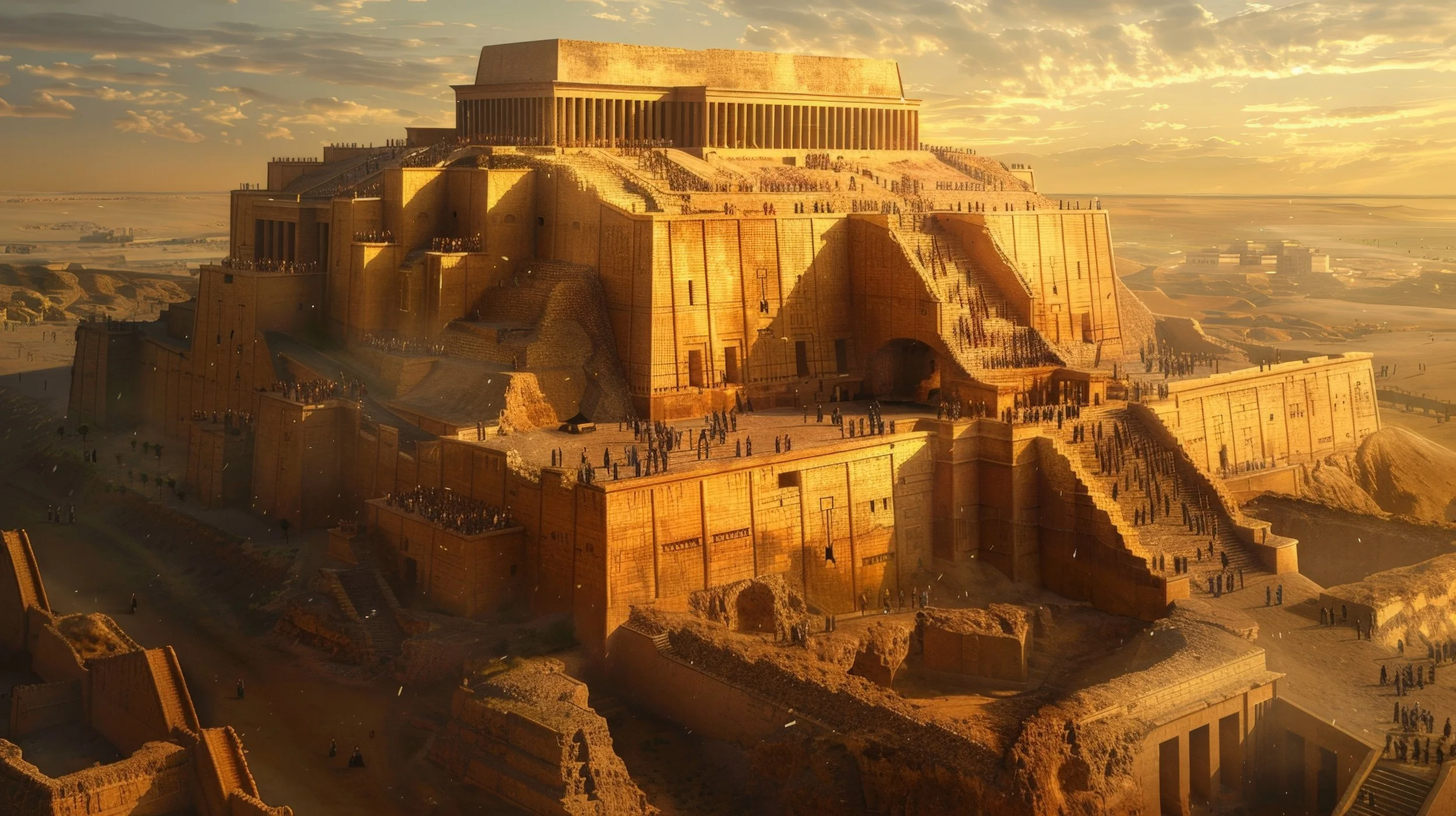




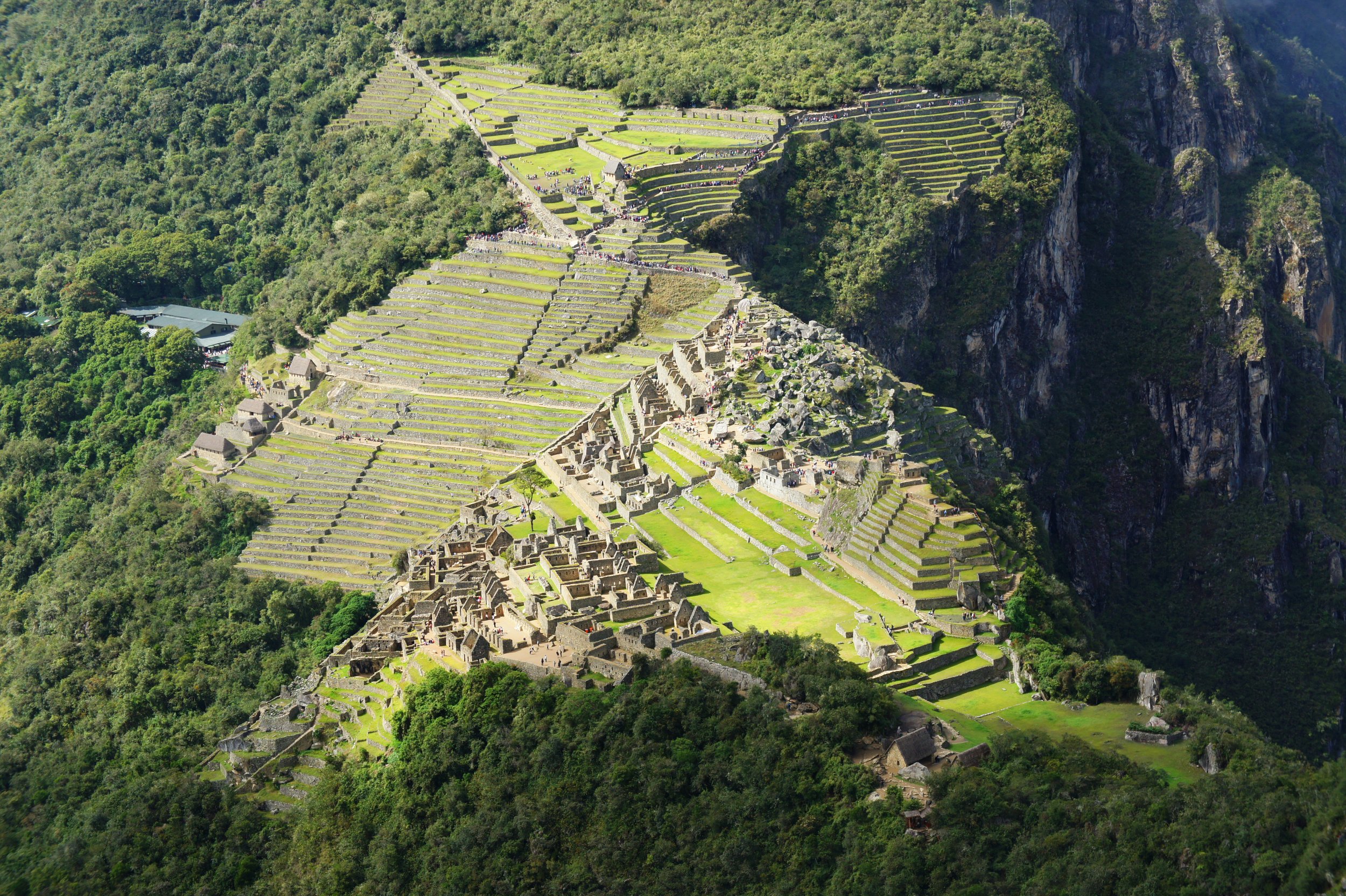

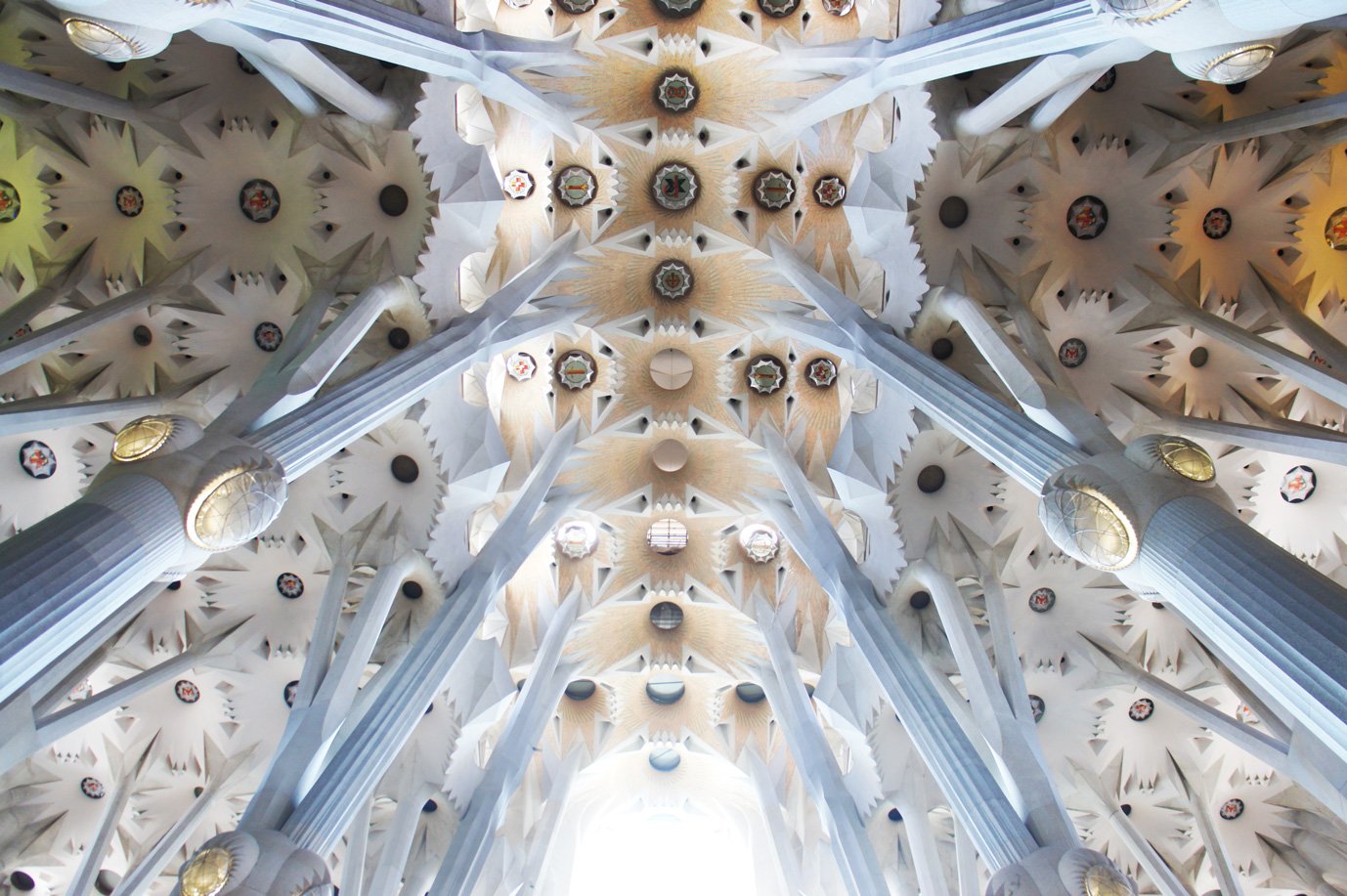
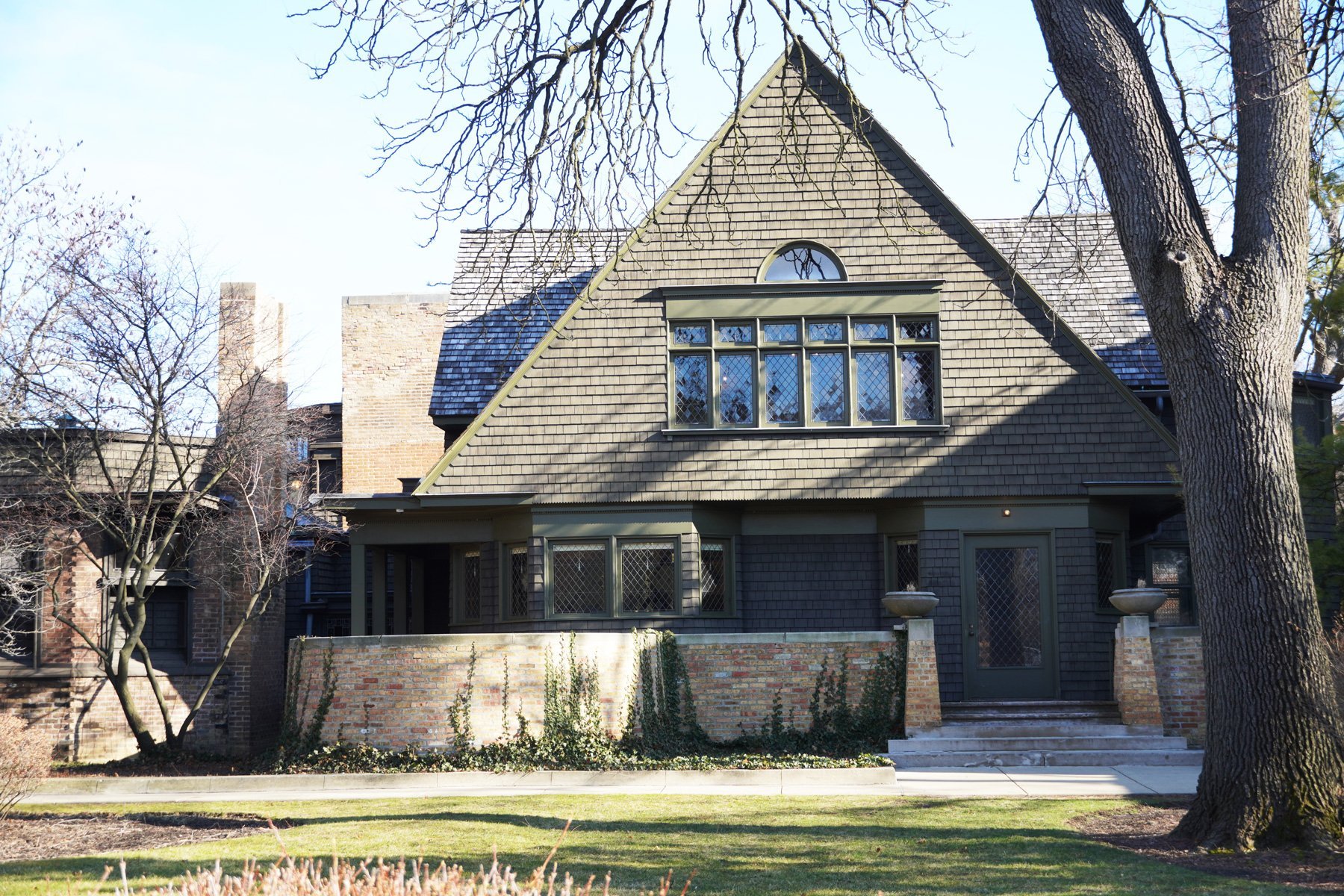
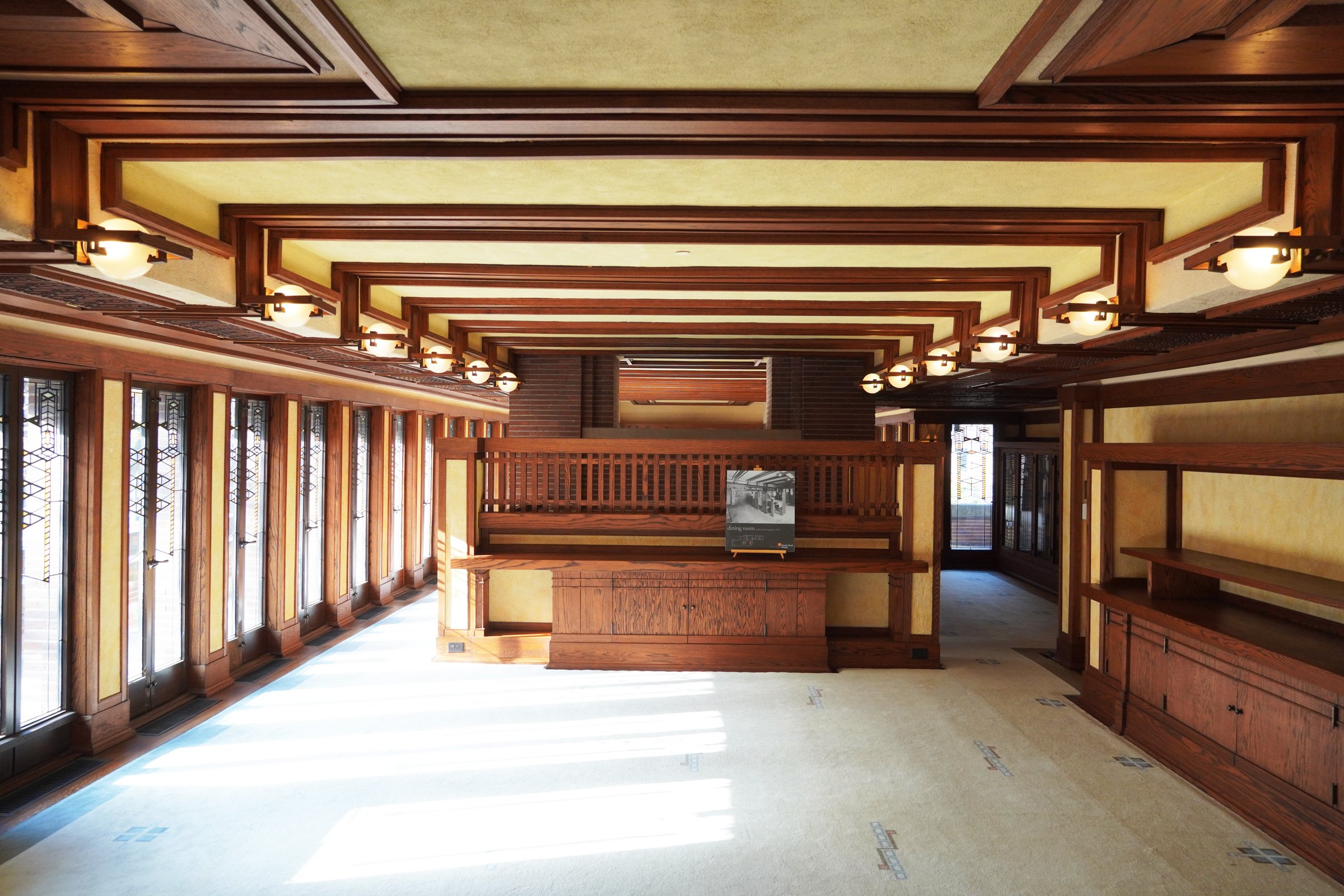


Principal and Architect of ROST Architects, Mitchell Rocheleau, discusses the significance of The Grand Louvre designed by Architect I.M. Pei, the history of the Louvre, design process, design theory and ideas behind the project.